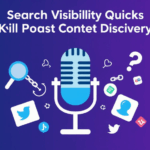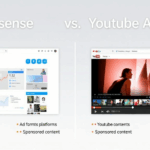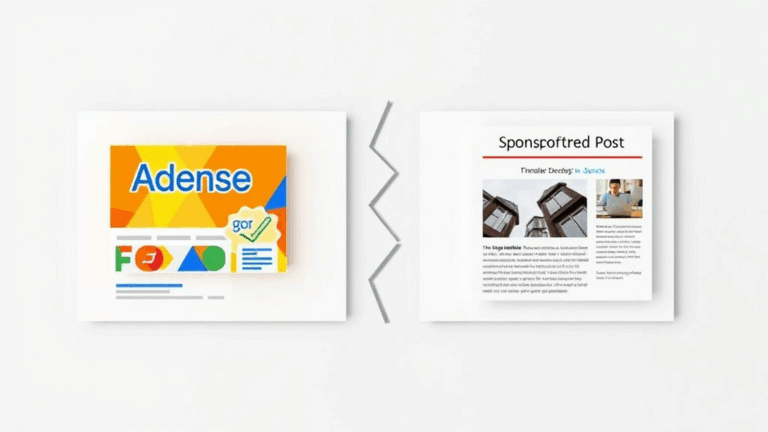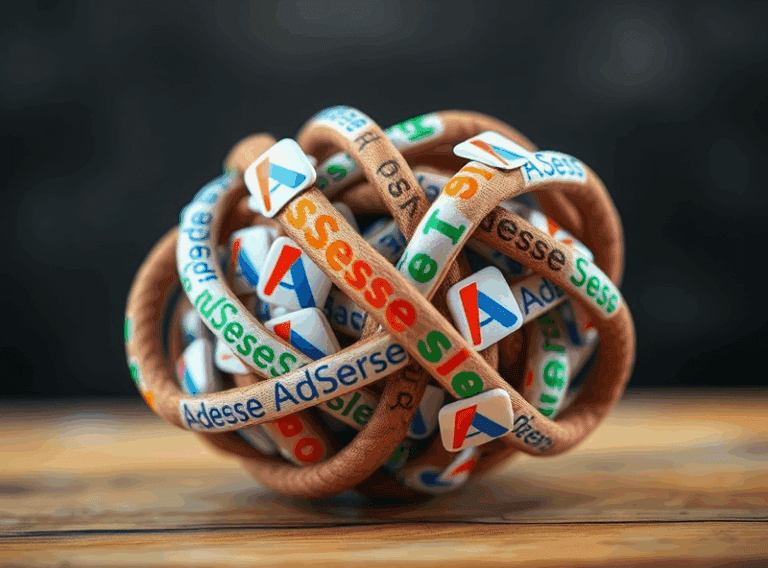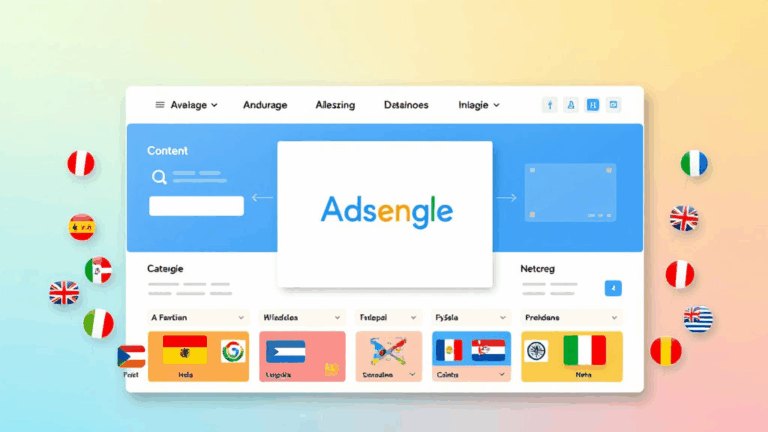Getting AdSense Ready for Voice Search and Audio Monetization
Google still treats audio like a second-class citizen
- AdSense isn’t natively aware of audio-first content. If you’re running a podcast or a voice search integration site, Google won’t crawl or catalog context well unless there’s text attached — so yeah, you still need transcripts.
- Structured data doesn’t save you if you don’t also have page-level text content. Even perfect JSON-LD markup for podcasts won’t trigger proper indexing without a supplementary chunk of readable content.
- The web crawler can’t “hear” brand names in your audio the way YouTube monetization algorithms might. This means AdSense placement logic struggles to contextualize ads against what’s said, even if what’s said is ideal for targeting.
- A self-hosted audio player (e.g. Plyr, jPlayer) won’t help AdSense context. I made that mistake thinking if Chrome could play it, Googlebot could understand it. Nope. It needs cues — title, description, metadata, and honestly… visible copy.
- Podcast embeds from Libsyn or Soundcloud often sandbox in iframes, which means Google can’t see them or use them to build relevance for ad targeting. If it doesn’t exist in the document DOM, it might as well not exist to AdSense.
One dry morning I checked earnings for a new podcast subdomain — traffic was okay, but RPM was absolute trash. After poking around, I realized none of the pages had a single paragraph. All content was native audio. Oops.
Voice search queries return weird ad matches (here’s why)
- Voice queries often omit context, especially when initiated with smart assistants. So instead of “best small business accounting software comparison” you get “which one is best for accountants?” — and AdSense guesses wrong.
- Query intent skews ultra-local. Like someone says “find a plumber” and ends up on a general advice page where AdSense tries serving them national enterprise CRM ads.
- Because voice queries are longer-tail but less keyword-dense, Google’s automated systems often misclassify content mappings. You can see this by comparing the search query reports in Search Console vs AdSense’s matched content.
I still don’t fully understand how voice queries blend into content crawling. There was a legit case where a long-form blog post optimized for plumbers kept earning clicks from voice search originated on Pixel phones… but the ads were for online language tutors. Closest I got to a fix was heavily re-writing paragraph openers with geolocation cues, and suddenly, ad relevance bumped by like 4x.
AdSense Auto Ads and audio-heavy pages: compatibility is a joke
- If Auto Ads are enabled, Google places units based on text density and scroll behavior. On audio pages (where people might sit on the top of the page for 10+ minutes while listening), no scroll = no dynamic ad loading.
- One of my worst-performing layouts was an embedded podcast above-the-fold with a single header — no other content. Auto Ads just straight-up placed nothing.
- Google’s crawler missed layout context entirely. The only fix? Manually injecting in-article ad code at fixed points and disabling Auto Ads where I needed any sort of control.
Huge gotcha: I once tried placing an ad right before the audio player div thinking it was prime real estate. Audio started on click, but the click also counted as accidental ad engagement and tripped a temporary policy flag. Manual ad placement + JavaScript behavior = gotta test in a sandboxed browser profile every time.
Things that improved performance (after way too much testing):
- Injecting short episode summaries right under the player — like 2–3 lines, just enough to give context.
- Lazy loading audio widgets after 3–4 seconds to force above-the-fold ad loads first. Dirty, but worked.
- Using AMP pages with structured podcast markup… it worked once, then broke mysteriously two weeks later. Didn’t cluster it after that.
- If you use a React-based frontend with client-side routing, voice/auto search hits often don’t trigger full ad re-renders. Forced page reloads fixed that. Sort of.
AMP and audio content: partial support and weird behaviors
There’s AMP-Audio — yes, it’s real — but it’s brittle as hell. It works for basic playback and lets Google “see” a file exists, but misses some major cases. And good luck integrating play analytics with AdSense-eligible metrics.
Then there’s AMP-Stories. I tried that route under the assumption people liked tap-to-consume audio snippets. Guess what? AdSense doesn’t always render properly in stories even when you use proper amp-ad placement. Sometimes network requests to ad servers fail in edge cloud nodes because of fetchPriority inconsistencies (saw this in Chrome DevTools on mobile).
One undocumented behavior I noticed: If the AMP audio is muted by default and plays inline, Google treats the page as “static content” for Auto Ads placement — so it deprioritizes mid-article spots entirely.
YouTube-style monetization ≠ AdSense audio monetization
- Just because you’re hosting audio on your site like YouTube hosts video doesn’t mean AdSense treats it the same. YouTube relies on audio scanning for contextual ads — AdSense on the web does not.
- There’s no native support for mid-roll audio ad injection through AdSense. You can hack together sponsorship reads, but none of it’s dynamically served.
- Guess what else: No metrics in AdSense tell you time-on-play duration for site audio. All you get is time-on-page + impressions, which ≠ listened content.
I assumed for weeks that high-engagement podcasts would improve page-level RPMs. They don’t. Unless the user scrolls or reloads ads, AdSense doesn’t consider ongoing listening as a re-engagement signal.
Testing ad behavior for voice-friendly layouts
If you don’t want a sanity breakdown, test in real phone browsers. Don’t rely on Android Studio or DevTools emulation — they mangle audio auto-play policies.
I built a landing page optimized for search terms like “talk to a nutritionist now” — clean layout, no unnecessary JS. Worked great in Chrome desktop. On Android with a Google Assistant query route? Half the page didn’t render properly due to Content-Security-Policy weirdness. Serves me right for being lazy with meta tags.
- Use `meta name=”theme-color”` and an alternate manifest.json to nudge mobile UAs into full partnership mode with audio-focused pages.
- Disable lazy-load on hero text elements — voice hits often skip scroll, and if DOM isn’t ready, AdSense can’t contextualize.
- Test what happens if someone says, “Hey Google, bring up breakfast podcast.” Compare resulting URL vs a manual search. It’s often different — and that affects what gets rendered in the DOM.
- Hint: Google auto-navigates through AMP cache for voice-invoked actions. That breaks post-load injected ads unless you’ve got `


